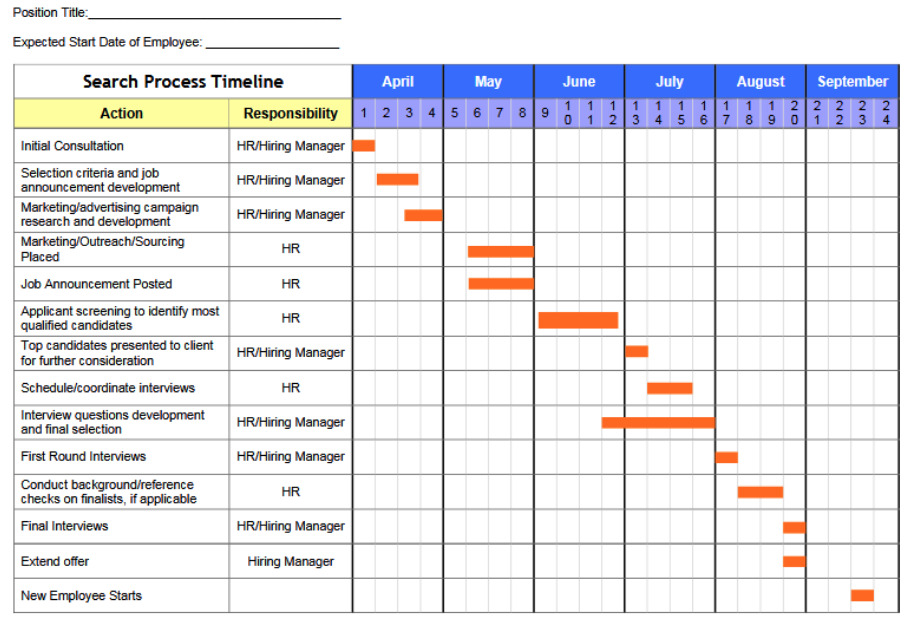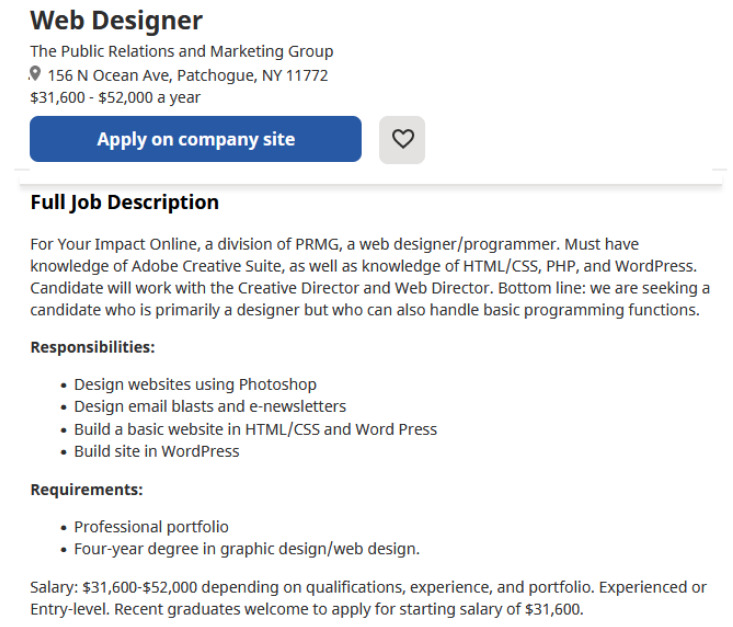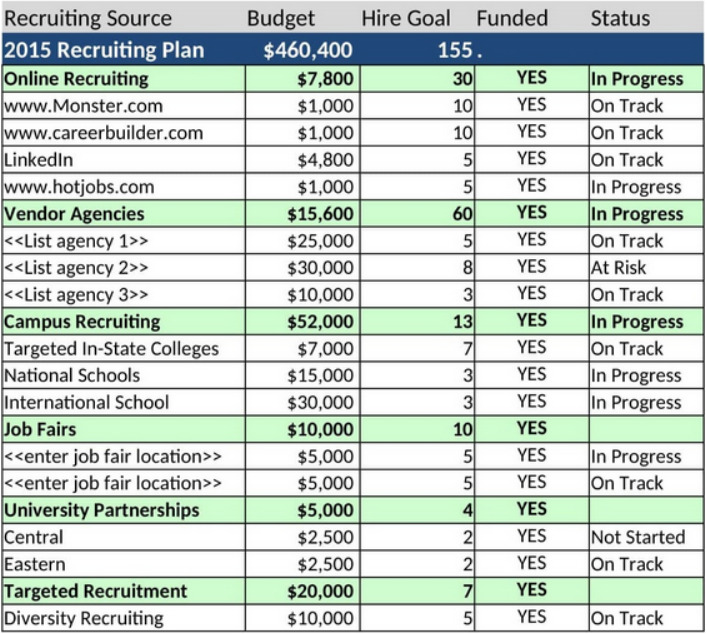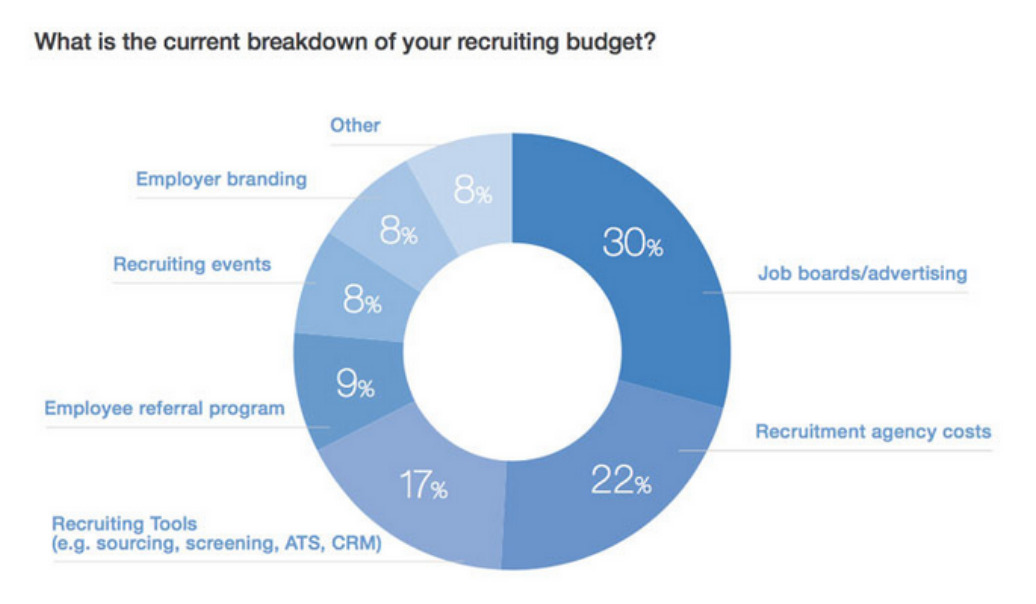By Owen Jones
A recruitment strategy plan is a process of identifying and hiring the best-qualified individual for a job position. In practice, it is a collection of actions or tasks that are pre-planned before the recruiting process.
It includes analyzing a job’s needs, establishing a budget and timetables, and screening and choosing candidates. It also entails integrating the new employee into the company. It is a critical step for both startups and major organizations alike.
A recruitment strategy plan assists you in learning from prior hiring experiences and streamlining your recruitment process. It also helps you in the optimization of your hiring process and resources. It allows you to efficiently allocate funds to recruitment channels and maintain track of your hiring budget.
Many businesses are struggling with their recruitment strategy plan. This article will help you figure out where to start with your plan.
1. Identify your recruitment gaps
It is critical to understand which skills and expertise are currently missing in your team, as well as which skills are essential to your company’s success. Conducting a skills gap analysis assists you in identifying the abilities required to accomplish your company objectives. Also, it will provide insights into your whole workforce and show where the most significant gaps are.
You must first identify whether or not a skill is critical. Then, assess and diagnose the challenges. To accomplish so, you need to gather and analyze data. Analyze what tasks are currently completed, assign a priority to these tasks, and inquire about the skills necessary to complete the work appropriately. Determine the competencies and skill levels of your employees as well.
When doing a skill gap analysis, consider the following questions:
- What critical skills are needed to be able to perform the mission and meet the business goals?
- What skills in your company or industry are likely to be automated in part or entirely?
- What are the most in-demand abilities in your industry right now?
- What kind of employment, including new ones, will be required in the future by your company?
Once you’ve identified the skill gaps in your business, you may create a strategy to fill them.
You may also use a skills gap analysis to tailor your learning and development programs to reskill your employees if necessary. It also enables the organization of work rotation, job enrichment, peer coaching and mentoring, and the involvement of external specialists.
2. Draft a recruitment schedule
A well-organized schedule allows you to get a lot done in less time. It’s no different in recruitment. A day that isn’t planned or scheduled is a day that isn’t productive. You must figure out what the recruitment schedule entails. To put it another way, which tasks are worth your time and which are not.
Depending on the importance of the position, you must set a deadline for each stage of the hiring process. Your schedule can include checking, sending emails, recruitment calls, interviews, applicant presentations, search assignments, and so on.
Of course, you must decide when to begin the hiring process for each job, the date of the interview, and the date on which the selected applicant will join the team. You may hire people for the same role, but their start dates are three months apart since you’ll be progressively expanding the team or as operations grow in volume. The following is an example of a recruitment schedule.

Keep this in mind. For senior roles, the notice time they must serve in their existing companies might range from one to three months, so consider that when planning the recruiting schedule. You may use a work schedule app to ensure that you accomplish your responsibilities in the time allotted.
3. List down the steps in your hiring process
Depending on the organizational structure, selection procedure, type of operations, and other factors, the recruiting process may differ from one company to another. However, in all cases, you must refine the process to guarantee that you have a killer selection process that results in hiring the appropriate personnel.
So, you need to outline how you will approach each stage of your recruitment plan. That will make it easier to figure out which steps to follow and in what sequence. Also, as you go through these processes, you may amend and add notes unique to your recruiting process.
Make a department-by-department list of all the roles you’ll be filling this year. Take into account the expansion goals of your company, which may involve some new positions, mass recruiting, and all staff movements, among other things.
In the order of their occurrence, state the number of openings, recruiting needs, and interview rounds for each position. Also, list down the assessment tests for each position.
4. Create job descriptions
The job description is essential for both you and the talent you are seeking. Your job descriptions are where you summarize your recruitment strategy plan and promote your company and position to prospective employees.
Your job description’s objective should be to attract suitable applicants who can handle your company’s whole recruiting cycle and fulfill your recruiter-specific needs.
The key to producing good job descriptions is to strike the right balance between offering enough data about your company and keeping your description concise. The application must understand what they are applying for and whether or not they would like to do so. If they don’t enjoy their jobs, they won’t complete duties, and your production will suffer as a result.
The following job description posted on Indeed, for example, is so brief yet offers enough information to entice job searches to apply. The responsibilities are so clear, as is the compensation. The candidates can see the requirements in the introduction and the requirements section. They appear to be reasonable and adequate for the responsibilities.

It is preferable to focus on the skills gaps you want to address rather than on standard requirements such as a college degree or a particular amount of years of experience.
According to Indeed, 47% of candidates stated they did not apply for a job because they lacked the required years of experience indicated in the job description. So, outline the position’s primary responsibilities and emphasize the duties that may be unique to your organization. Also, ensure your list of requirements is thorough but not excessively long.
Of course, you should specify your budget and employee benefits since quality candidates seek positions that suit their compensation needs.
5. Define a budget
According to the society of human resource management, the average cost of hiring a new employee is $4,425. So, not only does recruitment take time, but it also costs a lot of money. That’s why recruitment needs to be a part of your business development plan.
The budget must account for all hiring-related expenditures incurred during the year. It includes internal expenses such as recruiter salaries and external charges such as advertising costs. It also covers unplanned expenses, such as the retaining costs of the hired candidate. Here’s an example of how you may manage your recruitment budget. Notice that there’s an allotted budget for each hire goal, rather than just a bulk figure for the entire year:

It’s crucial to have a comprehensive picture of the expenditure categories to create an accurate estimate for your recruitment budget. That needs to be part of your business development plan. This graphic shows another example of an overall view of a recruitment budget.

It is also beneficial to analyze and have a clear overview of your previous recruitment costs. That will assist you in determining which elements of recruiting are the most expensive. You know, for example, which recruitment channels were effective and had positive outcomes, and, more importantly, which ones were not, so you don’t waste money on them.
In Closing
It may be complex to find the talent you need, and creating a strategy for attracting and choosing applicants is a game changer to success. It’s critical to nail down your recruiting strategy plan to achieve your company objectives. It is the key to gaining a competent recruit that gives your company a competitive advantage.
No organizations complete their recruitment procedures in the same way. However, with the right recruiting strategy plan in place, your company’s productivity will rise in the long run. So, pay careful attention to all parts of the recruiting process and make tactical changes as needed during the year. Good luck!
About the Author

Owen Jones is the Senior Content Marketer at ZoomShift, an online schedule maker app. He is an experienced SaaS marketer, specializing in content marketing, CRO, and FB advertising. He likes to share his knowledge with others to help them increase results.



























![“Does Everyone Hear Me OK?”: How to Lead Virtual Teams Effectively iStock-1438575049 (1) [Converted]](https://www.europeanbusinessreview.com/wp-content/uploads/2024/11/iStock-1438575049-1-Converted-100x70.jpg)




